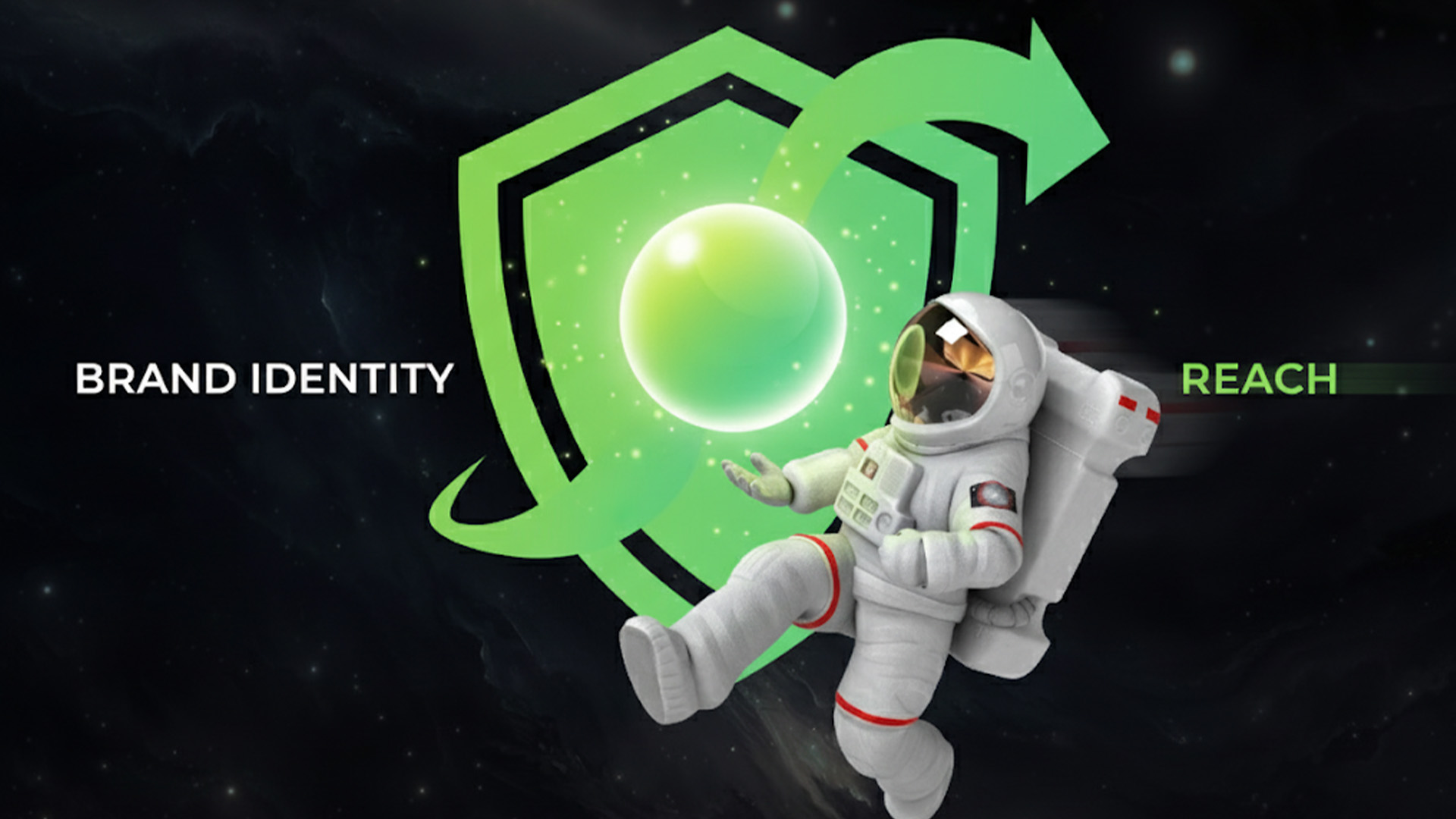In the world of business, we often hear two terms that are thrown around as if they are the same thing: branding and marketing. They are not. Think of them as two sides of the same coin, each with a unique and powerful role to play in your company's success.
To make it easy, let's use a simple analogy: Your business is a person.
• Branding is who that person is. It’s their character, their values, their personality, and how they make people feel.
• Marketing is what they do to introduce themselves. It’s the conversations they have, the clothes they wear, and the events they attend to meet new people.
Understanding this core difference is the first step to building a business that not only gets noticed but is also remembered and loved.
What is Branding? Your Business's Heart and Soul.
Branding is the deep, foundational work of defining your company’s identity. It’s not just a logo or a catchy slogan; it’s the sum total of every experience a customer has with your business. Your brand is your promise to your customer.
Main Components of a Strong Brand Identity:
• Brand Mission and Values: What is your purpose beyond making money? What principles guide every decision you make? For example, a brand might be committed to sustainability, transparency, or community service.
• Brand Personality: If your brand were a person, how would you describe them? Are they friendly and approachable, or sophisticated and exclusive? This personality dictates your brand’s tone of voice and overall style.
• Visual Identity: This is the most visible part of your brand. It includes your logo, color palette, typography (fonts), and the visual style of your website and social media. A consistent visual identity builds instant recognition.
• Brand Voice: How do you communicate? Is your voice casual and witty, or formal and authoritative? This voice should be consistent across all your content, from emails to blog posts.
• Brand Reputation: This is the collective perception of your business. It's built over time through consistent delivery on your brand's promise. A strong reputation leads to customer trust and loyalty.
Example in Action: The "Just Do It" Brand
Think about a brand like Nike. Their branding isn’t just about selling shoes. It's about inspiring people, celebrating athletes, and pushing limits. The brand’s reputation is built on a foundation of performance and motivation. When you buy from Nike, you’re buying into that feeling and that promise.
What is Marketing? The Strategic Conversation.
If branding is the internal work, then marketing is the external action. It's the set of activities and tactics you use to communicate your brand's message to your target audience. Marketing is designed to generate interest, leads, and ultimately, sales. It’s all about the how and the where you spread your message.
Common Types of Marketing Activities:
• Content Marketing: Creating valuable, relevant content (like this blog post, videos, or podcasts) to attract and engage a specific audience. This builds trust and authority.
• Social Media Marketing: Using platforms like Instagram, LinkedIn, or Twitter to share content, run ads, and interact directly with your community.
• Email Marketing: Building an email list and sending targeted messages to nurture leads and convert customers.
• Search Engine Optimization (SEO): Optimizing your website and content to rank higher in search engine results (like on Google), making it easier for people to find you.
• Paid Advertising: Running paid campaigns on platforms like Google Ads or Facebook Ads to reach a broader audience quickly.
• Public Relations (PR): Managing how information about your brand is shared with the public and media.
Example in Action: The "Latest iPhone" Commercial
When Apple launches a new iPhone, they don't just put it on a shelf. They use a powerful marketing campaign—a TV commercial showing the new features, social media posts highlighting the camera, and email newsletters teasing the release date. This marketing is designed to generate a specific action: buy the new phone.
The Perfect Partnership: Branding and Marketing Working Together
A business cannot truly thrive with only one.
• Marketing without a clear brand is like a megaphone with no one talking into it. You’re making noise, but there's no consistent message, no story, and no personality to connect with. Your efforts will be scattered and ineffective.
• Branding without marketing is like having the most incredible, well-designed product in the world and keeping it locked in a closet. No one will ever know it exists.
The most successful businesses understand that branding provides the foundation and marketing builds the house.
Your brand defines what you stand for, who you are, and why you matter. Your marketing then takes that powerful identity and communicates it to the world in a strategic, compelling way.
In summary:
| Aspect | Branding | Marketing |
| What it is | Your identity, reputation, and promise. | The actions you take to promote your business. |
| Goal | To build long-term trust and loyalty. | To generate leads, sales, and short-term results. |
| Duration | A long-term, ongoing effort. | Can be long-term (e.g., SEO) or short-term (e.g., a specific campaign). |
| Question it answers | "Who are you?" |
Conclusion:
By focusing on both, you can create a business that not only attracts customers today but also builds a loyal community that will stick with you for years to come. Start by defining your brand, and then let your marketing share that incredible story with the world
